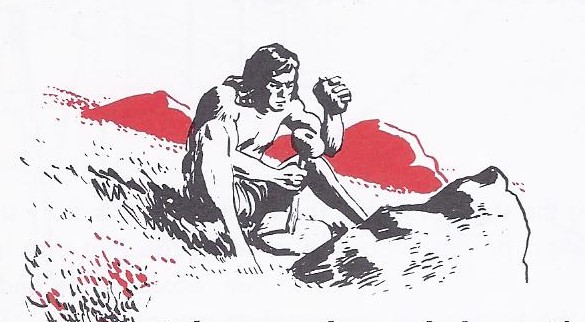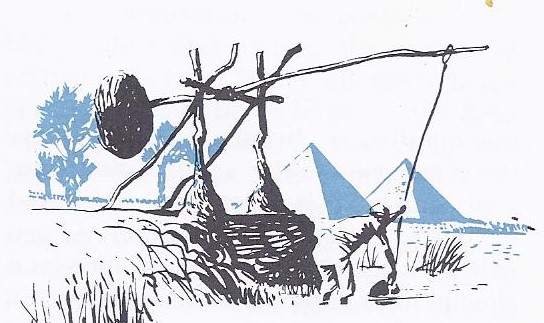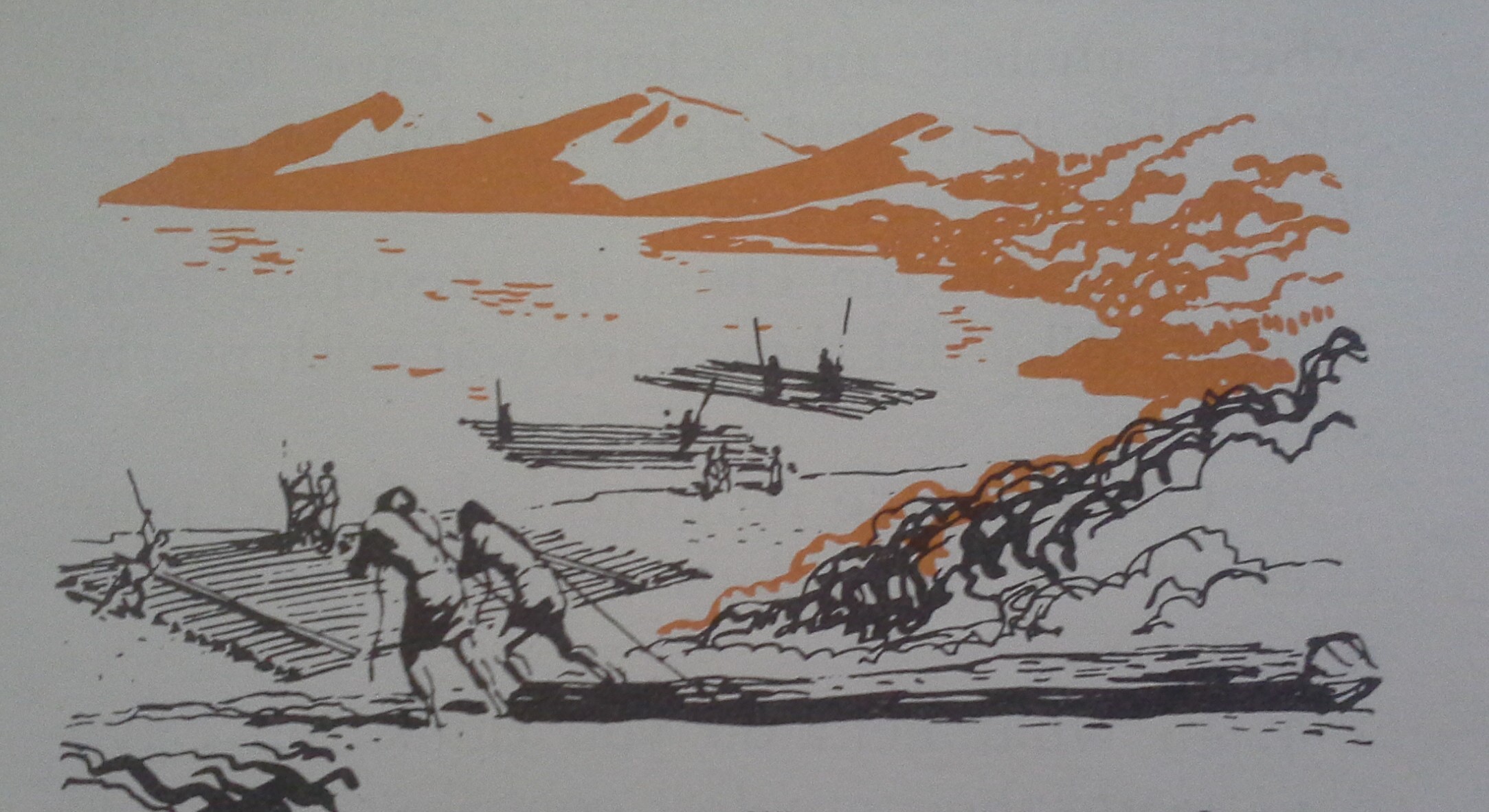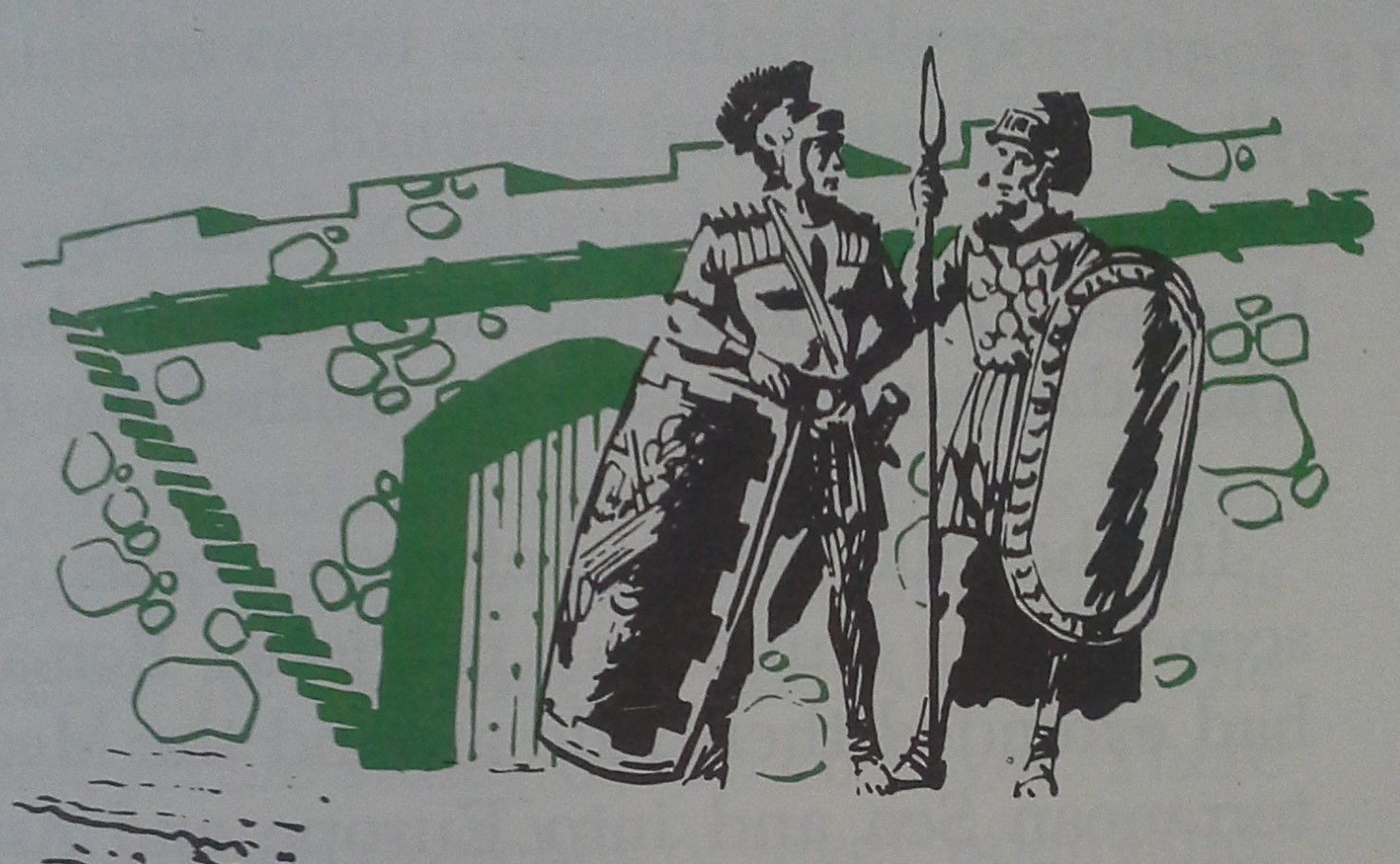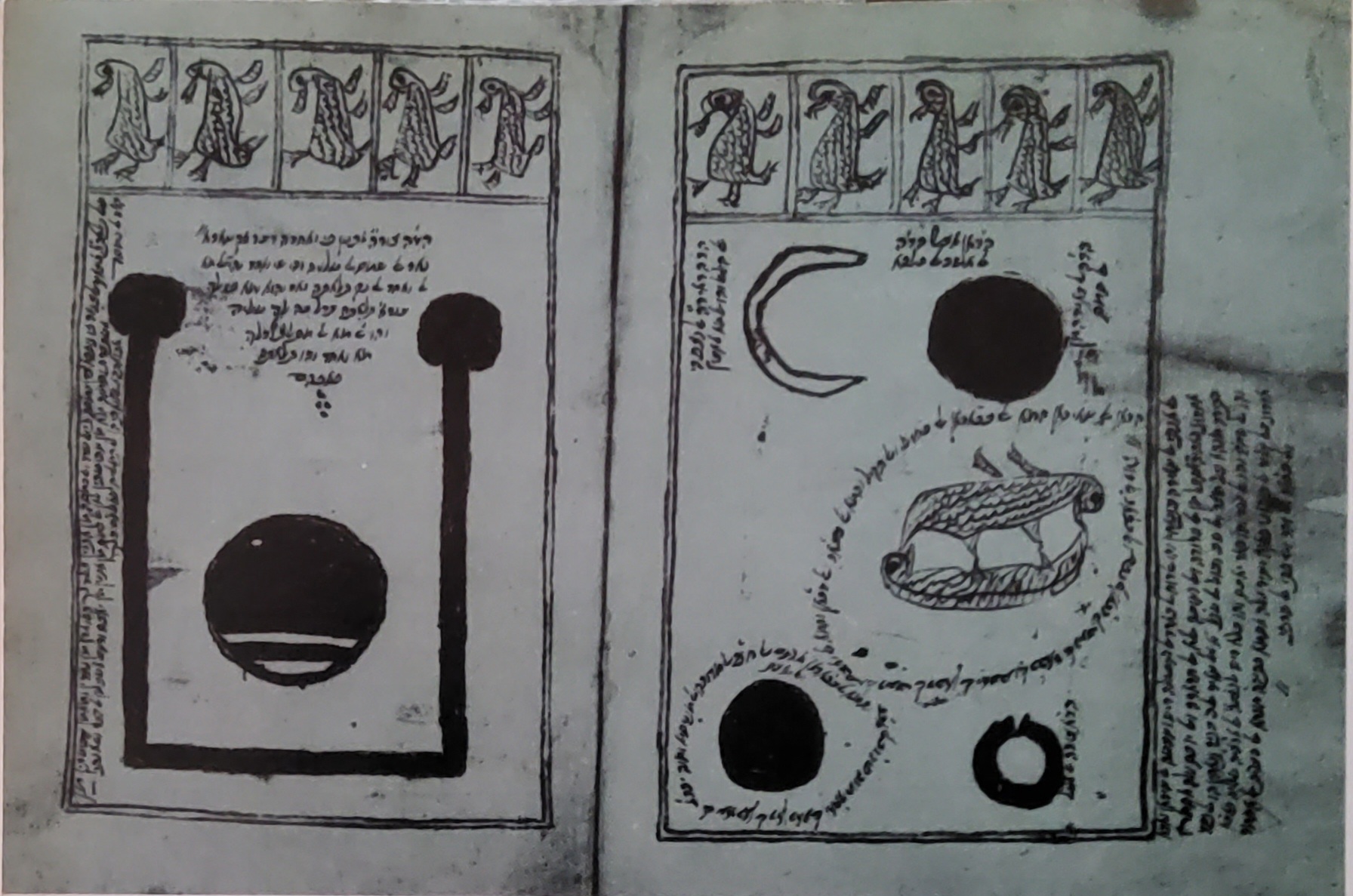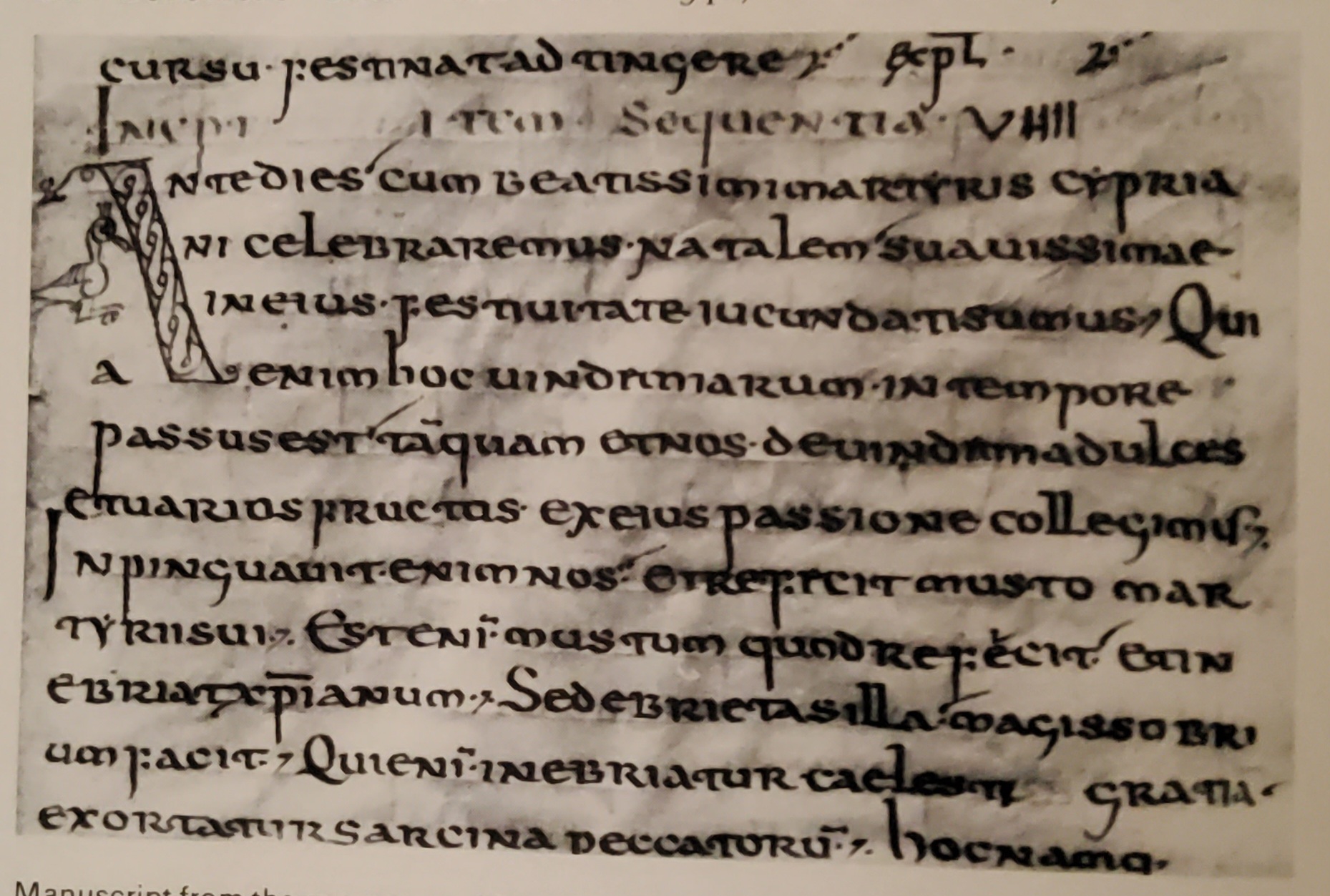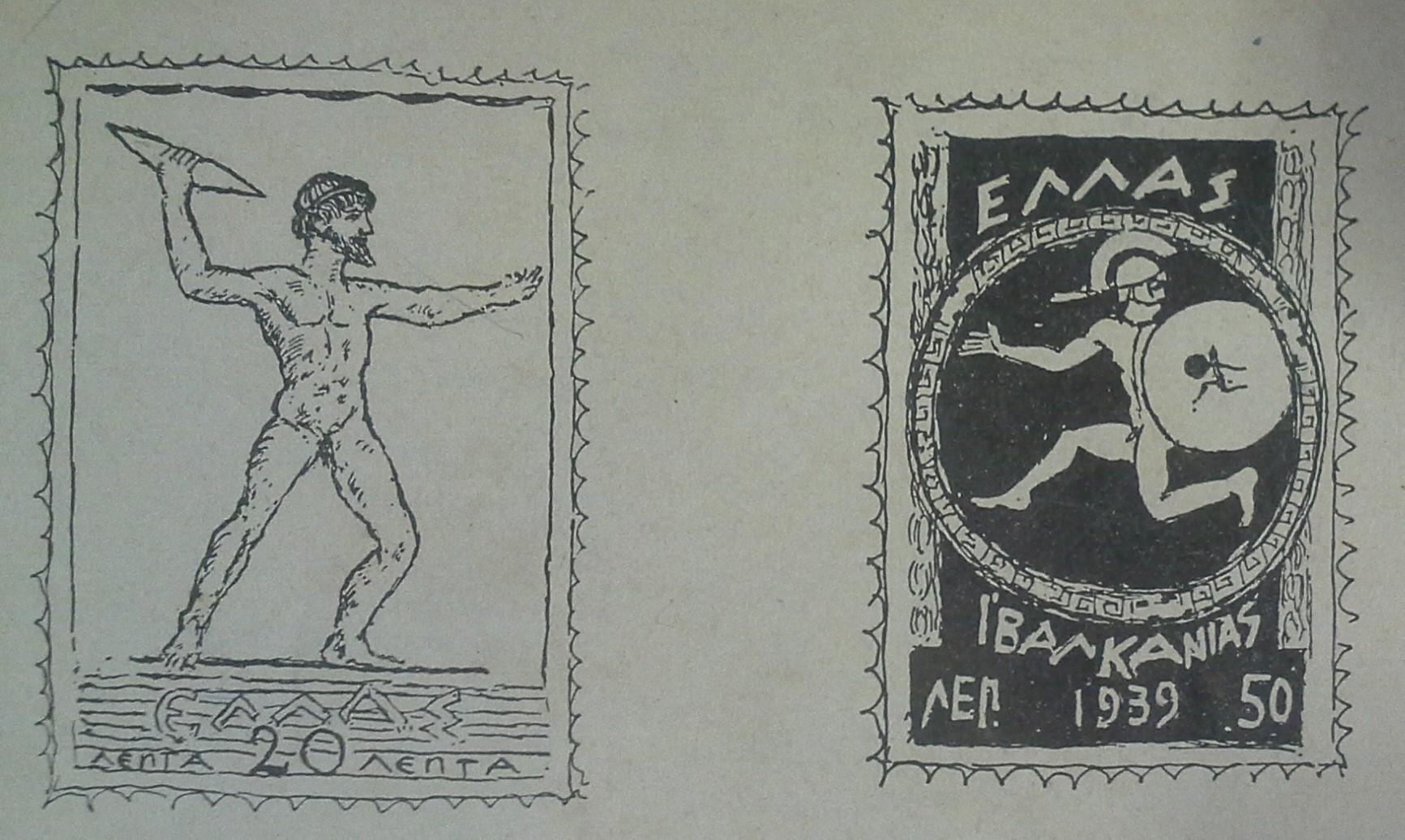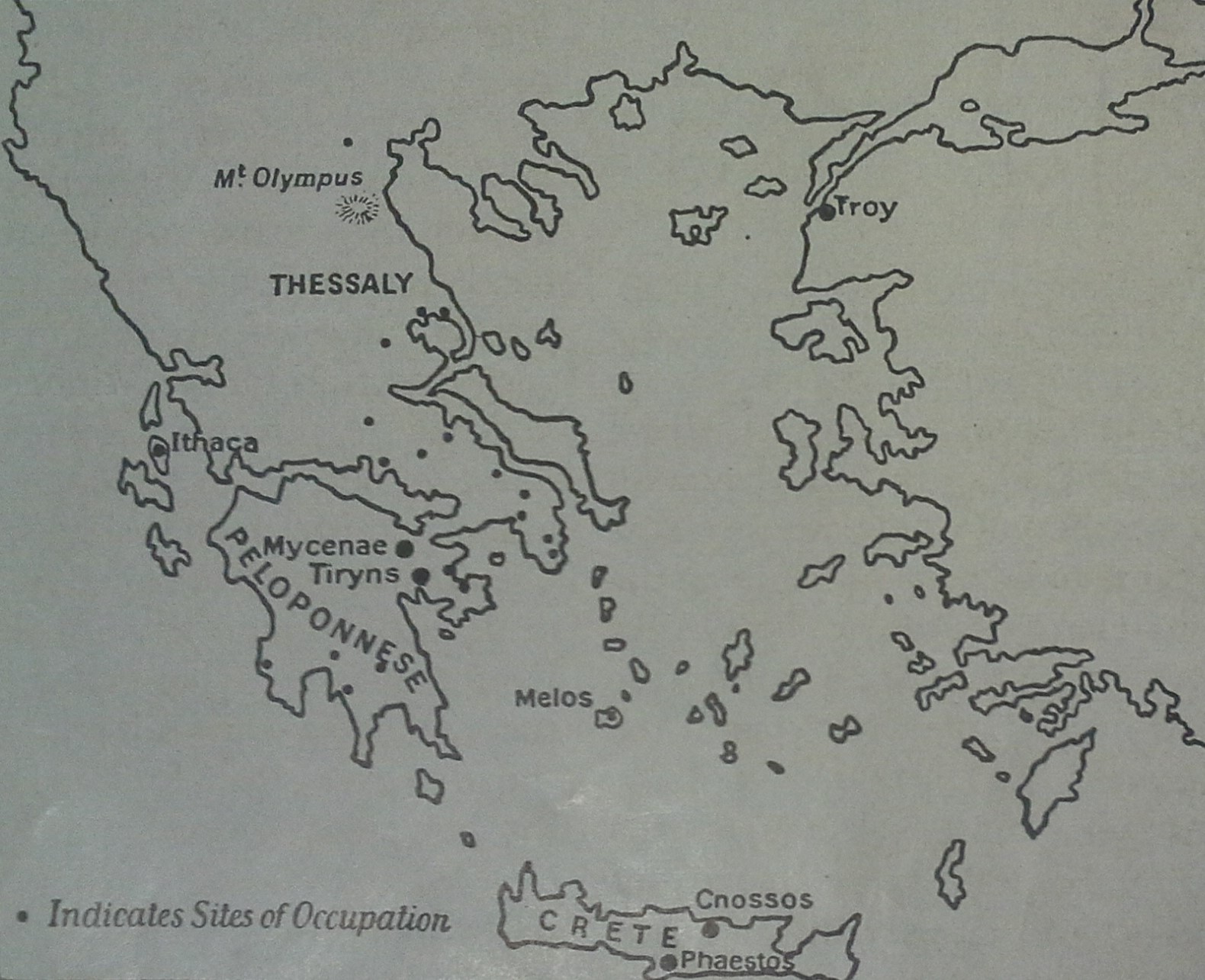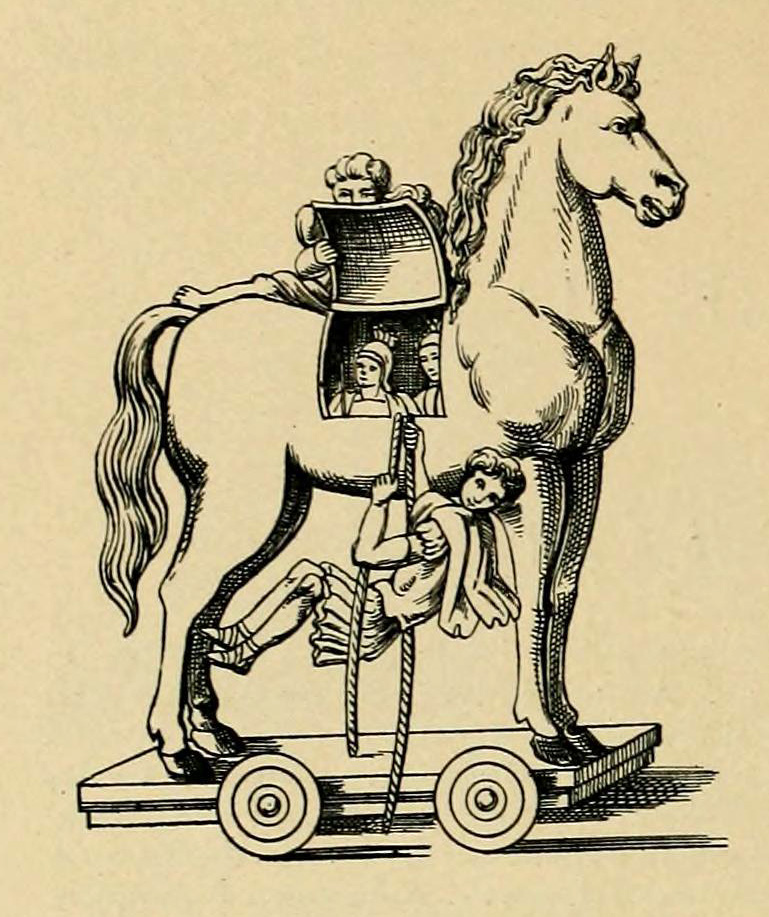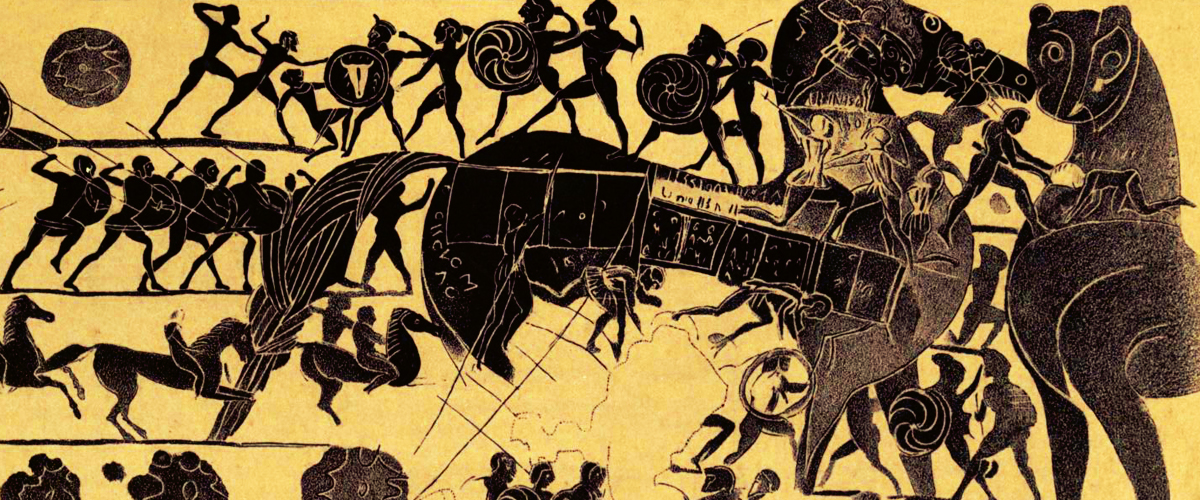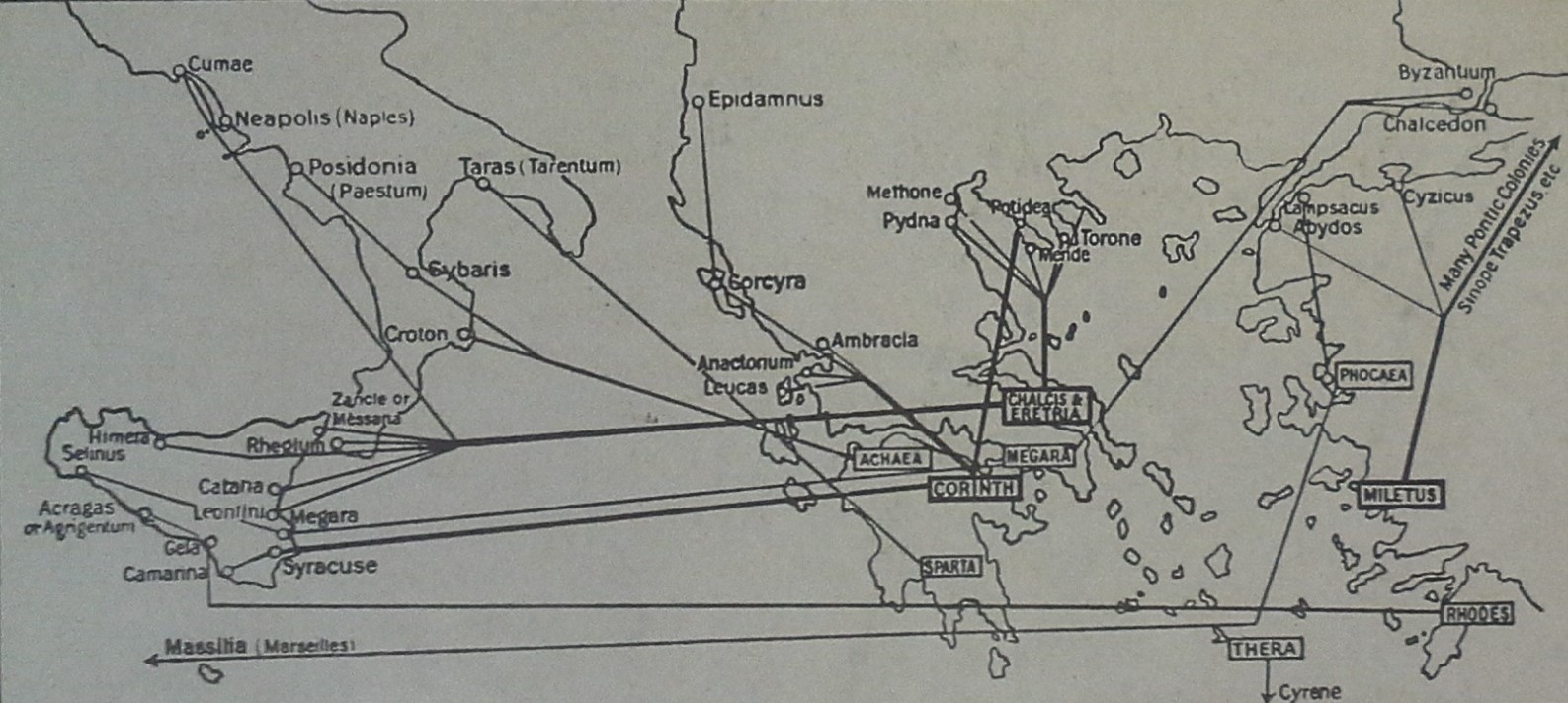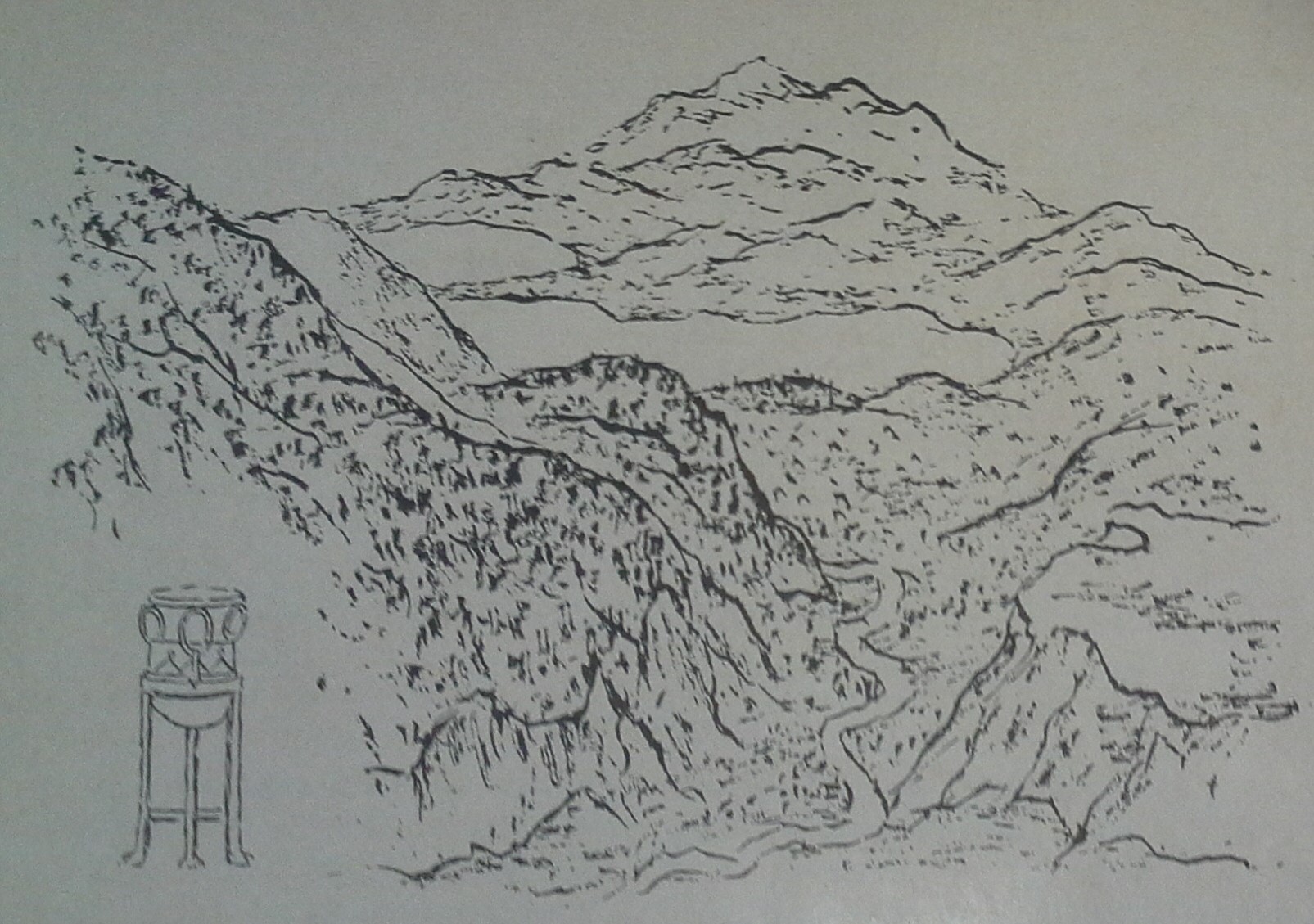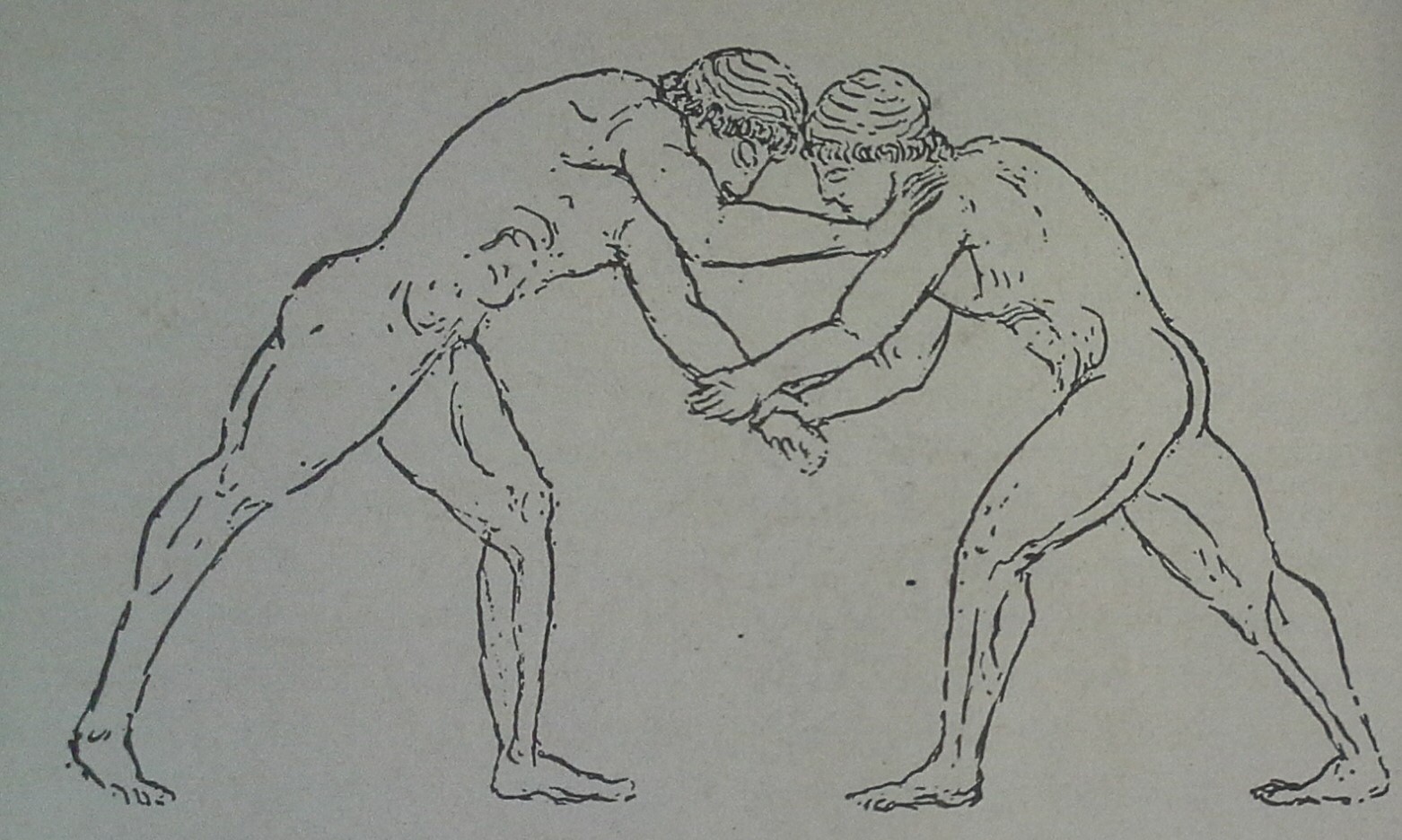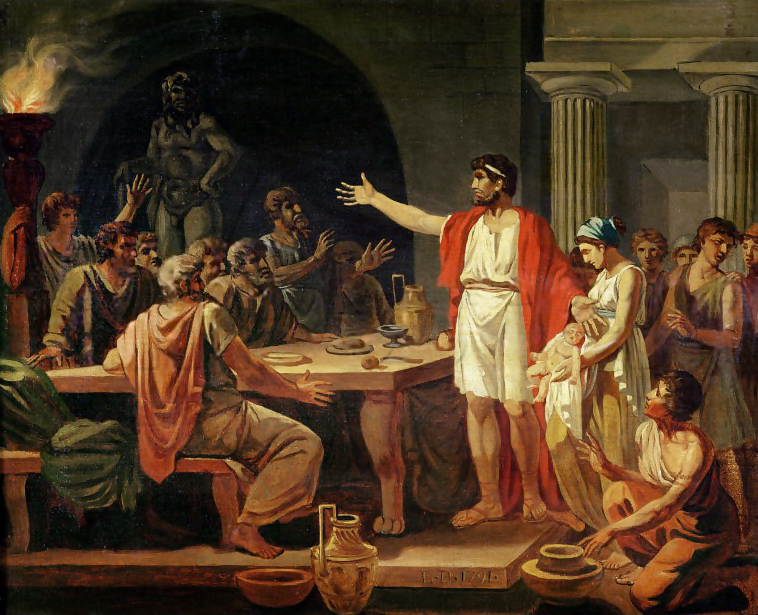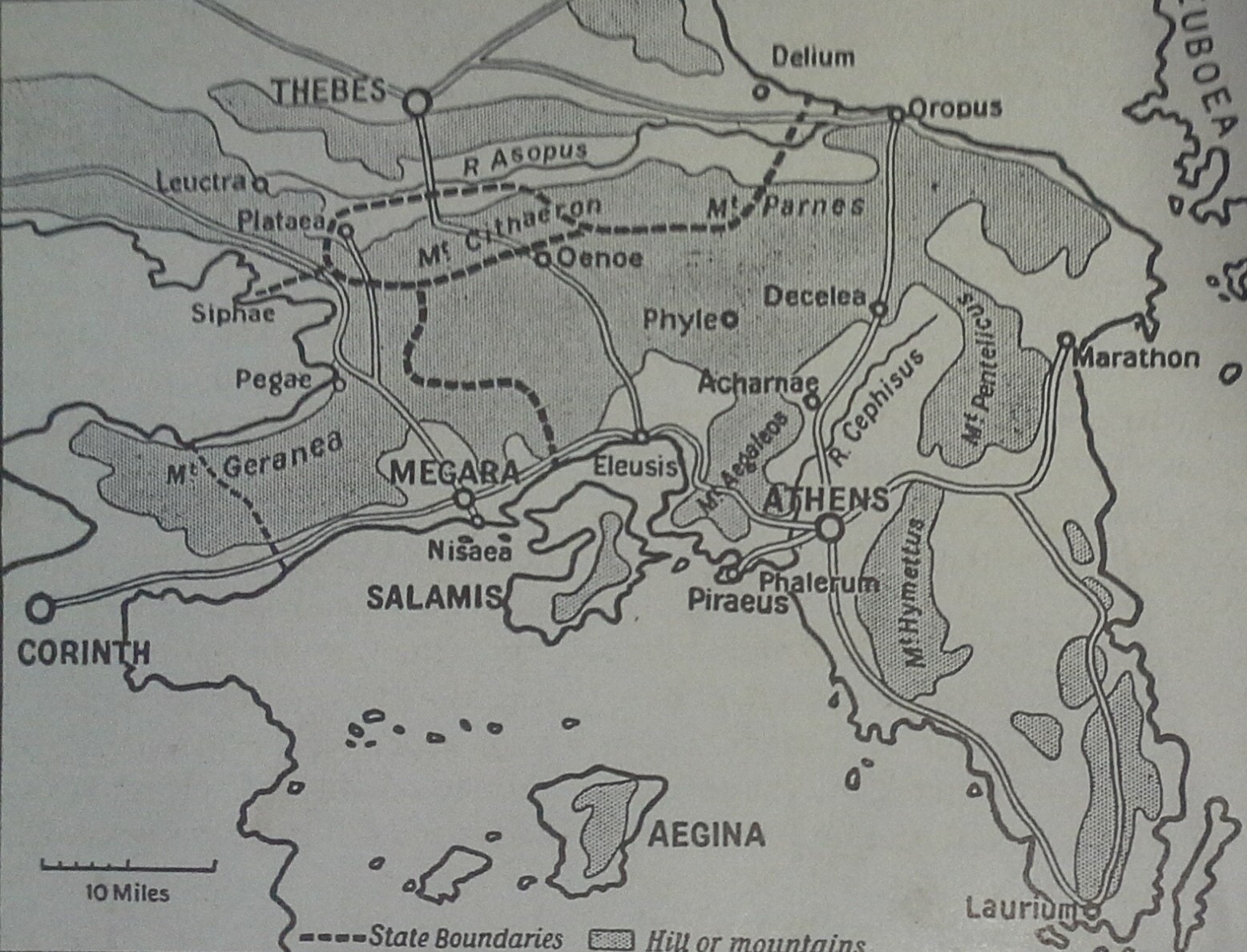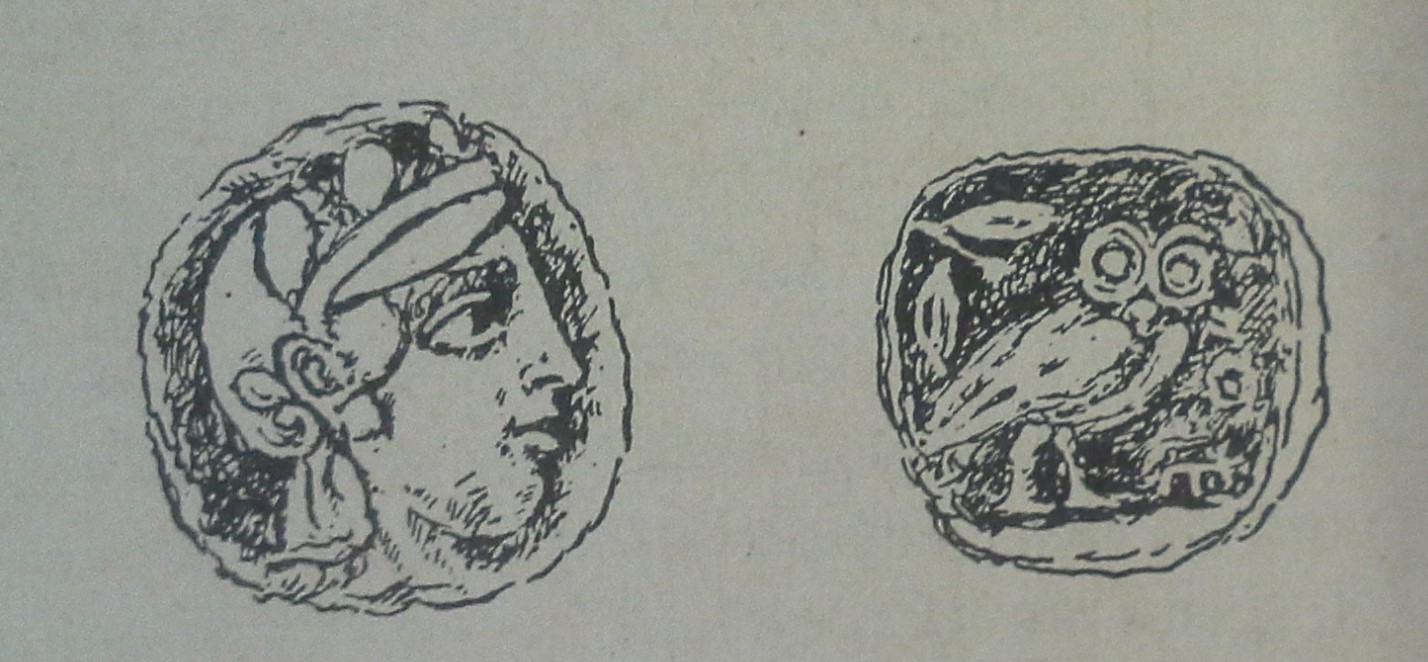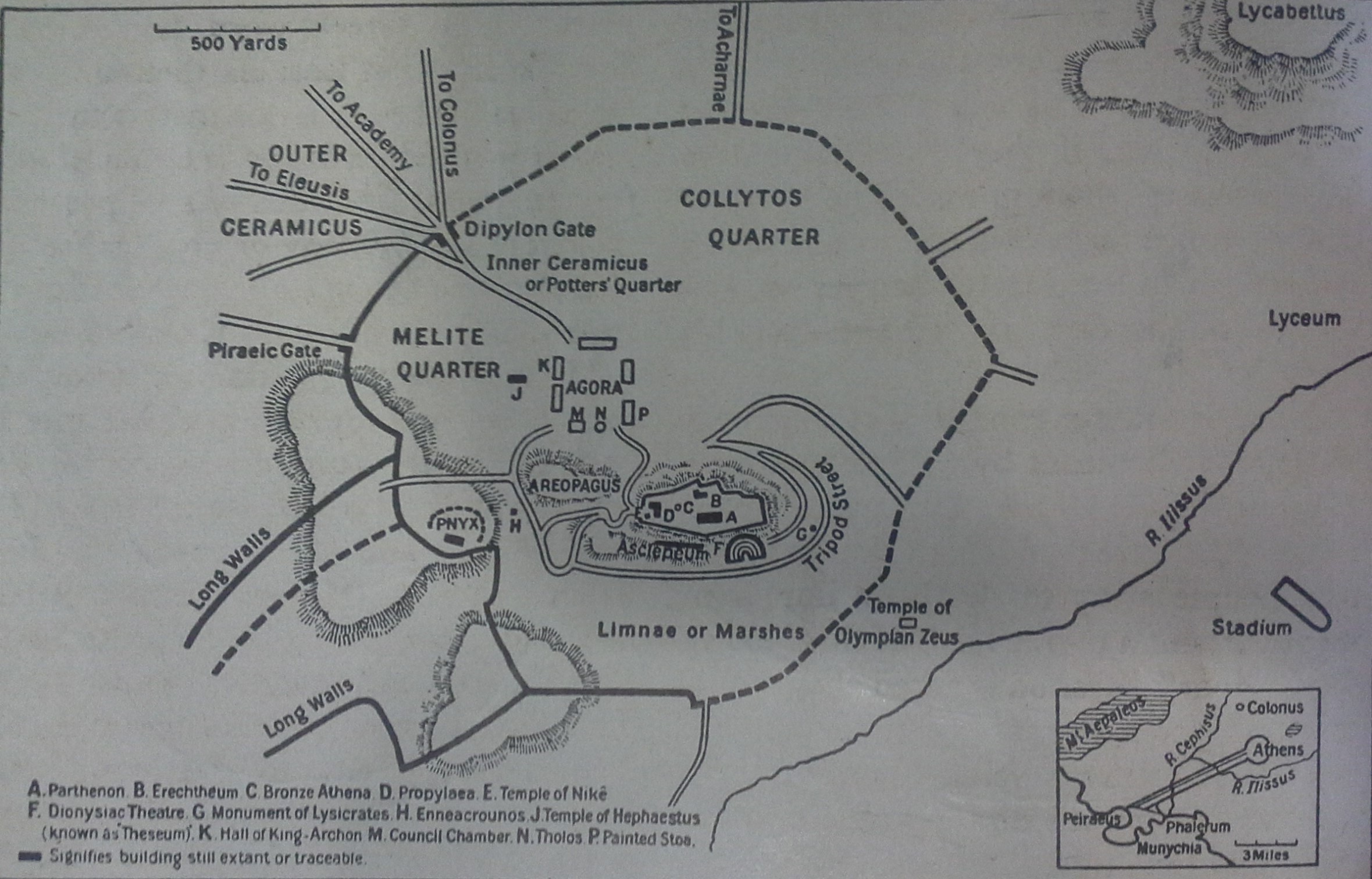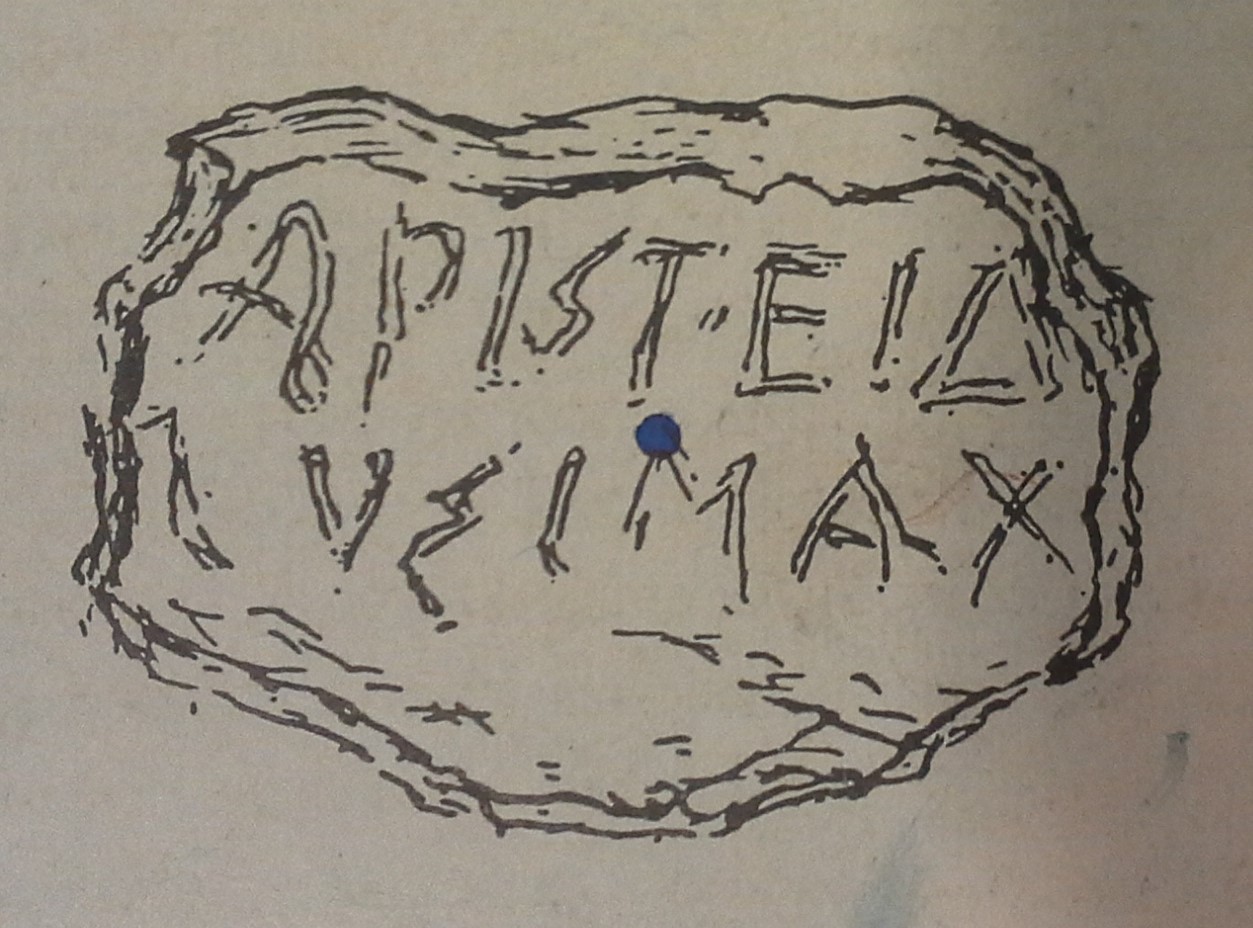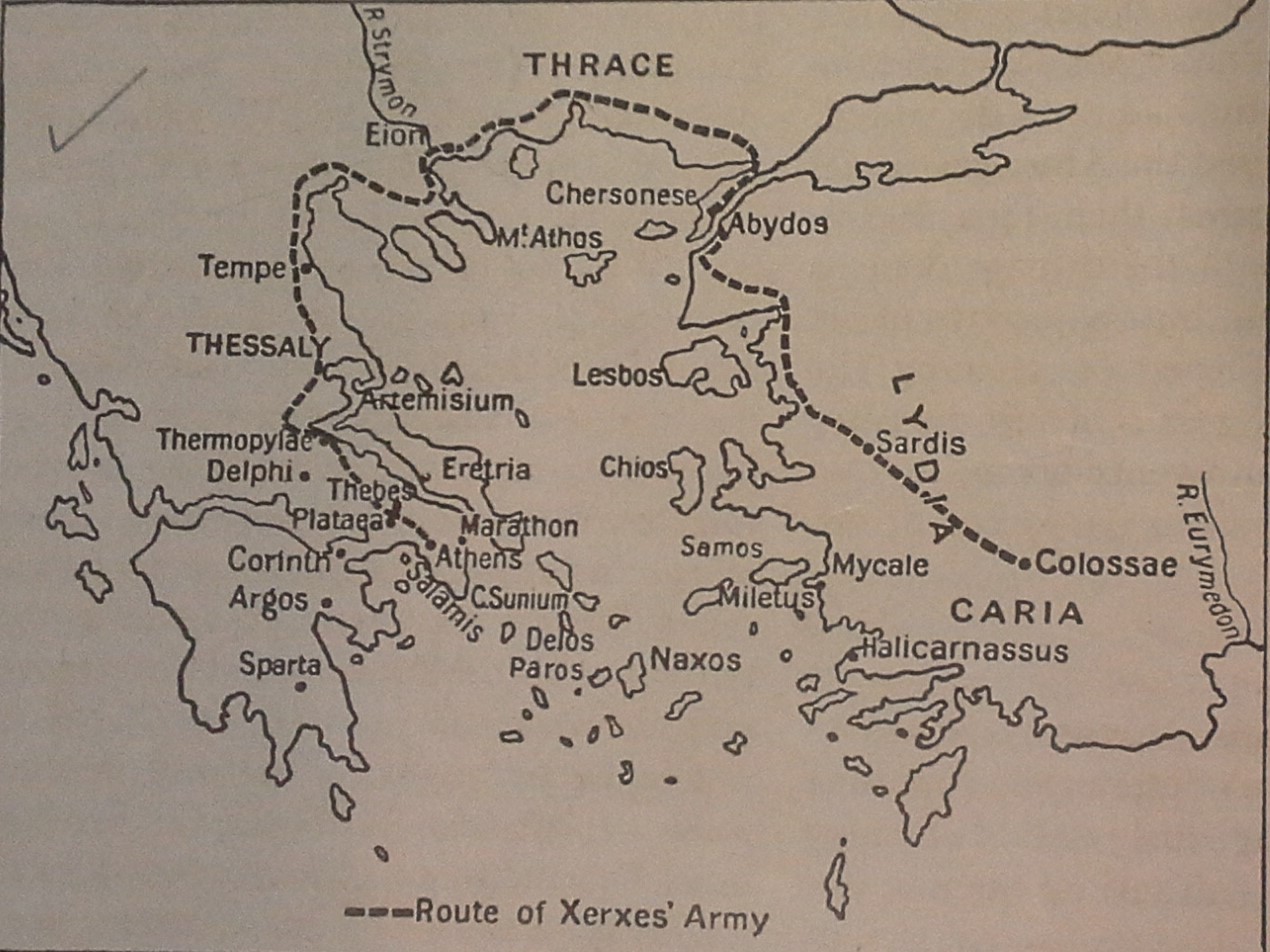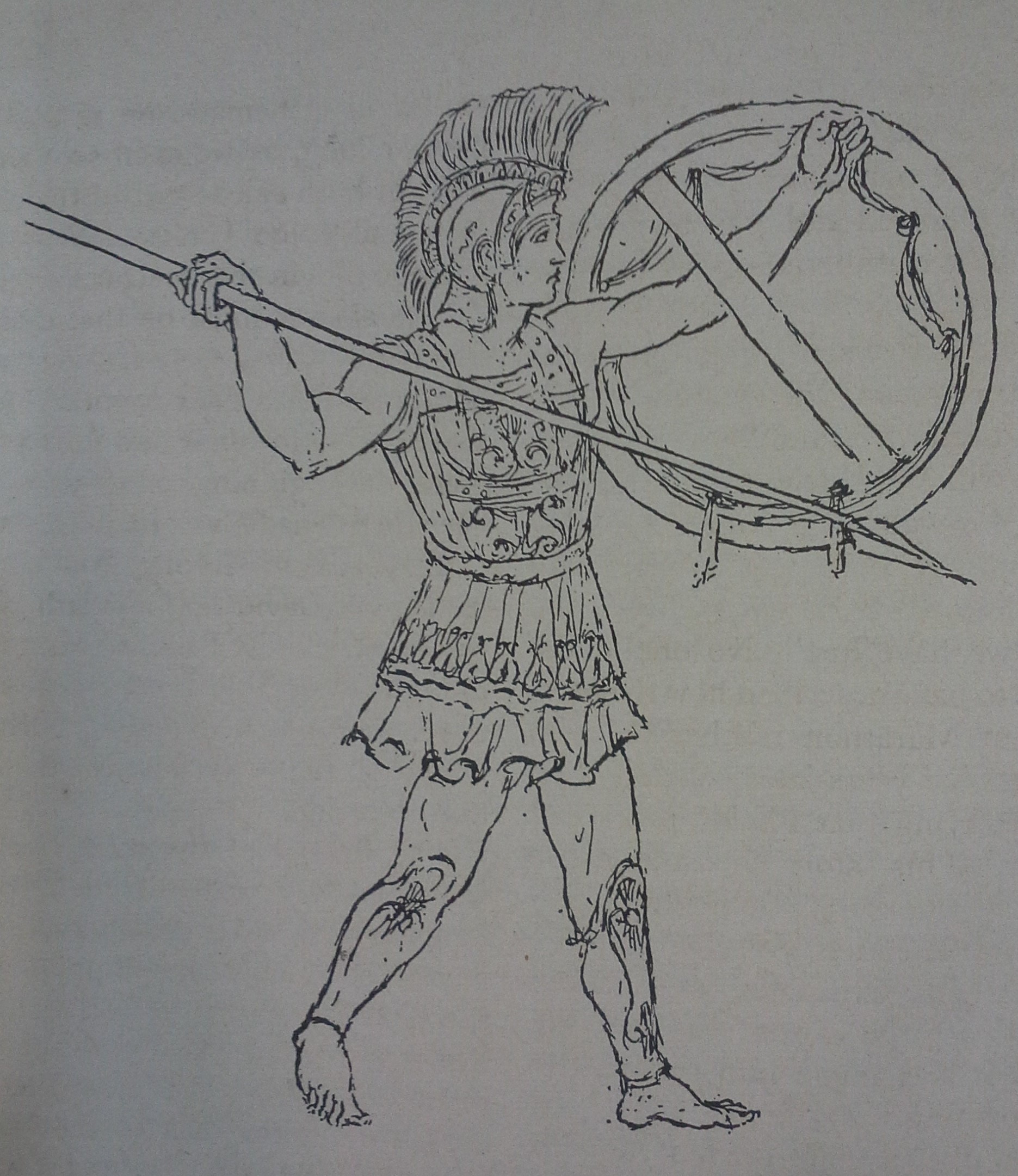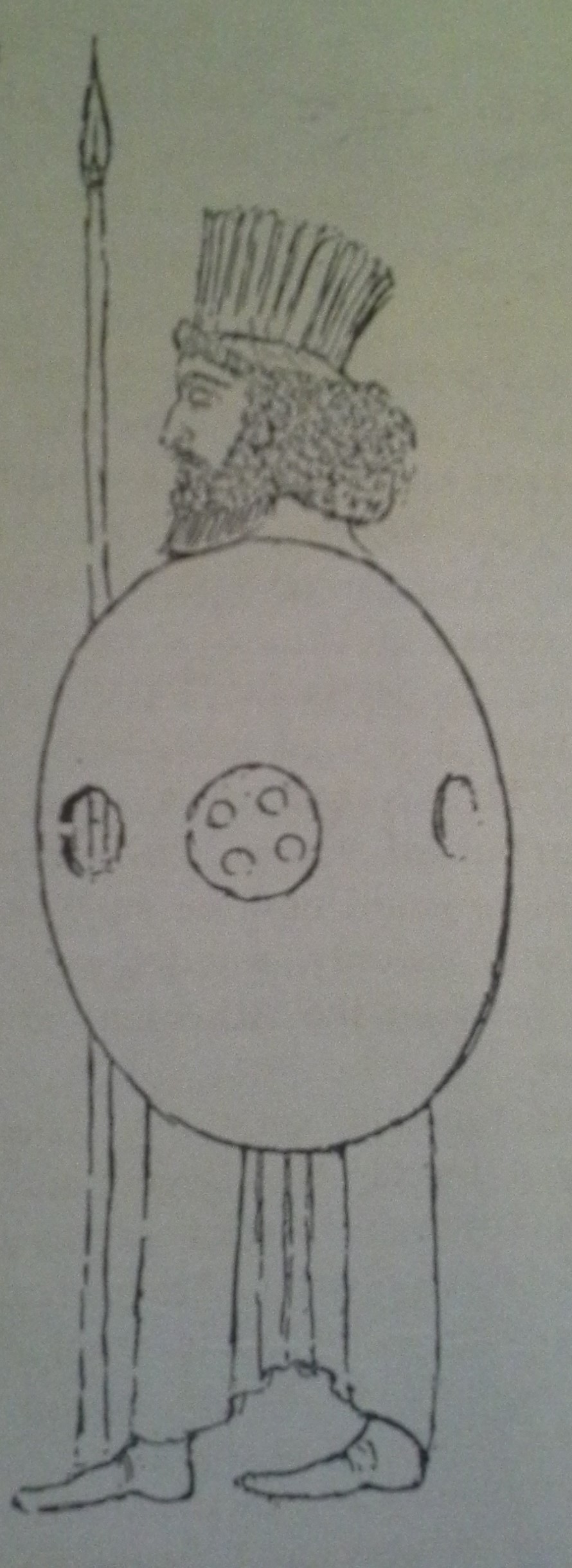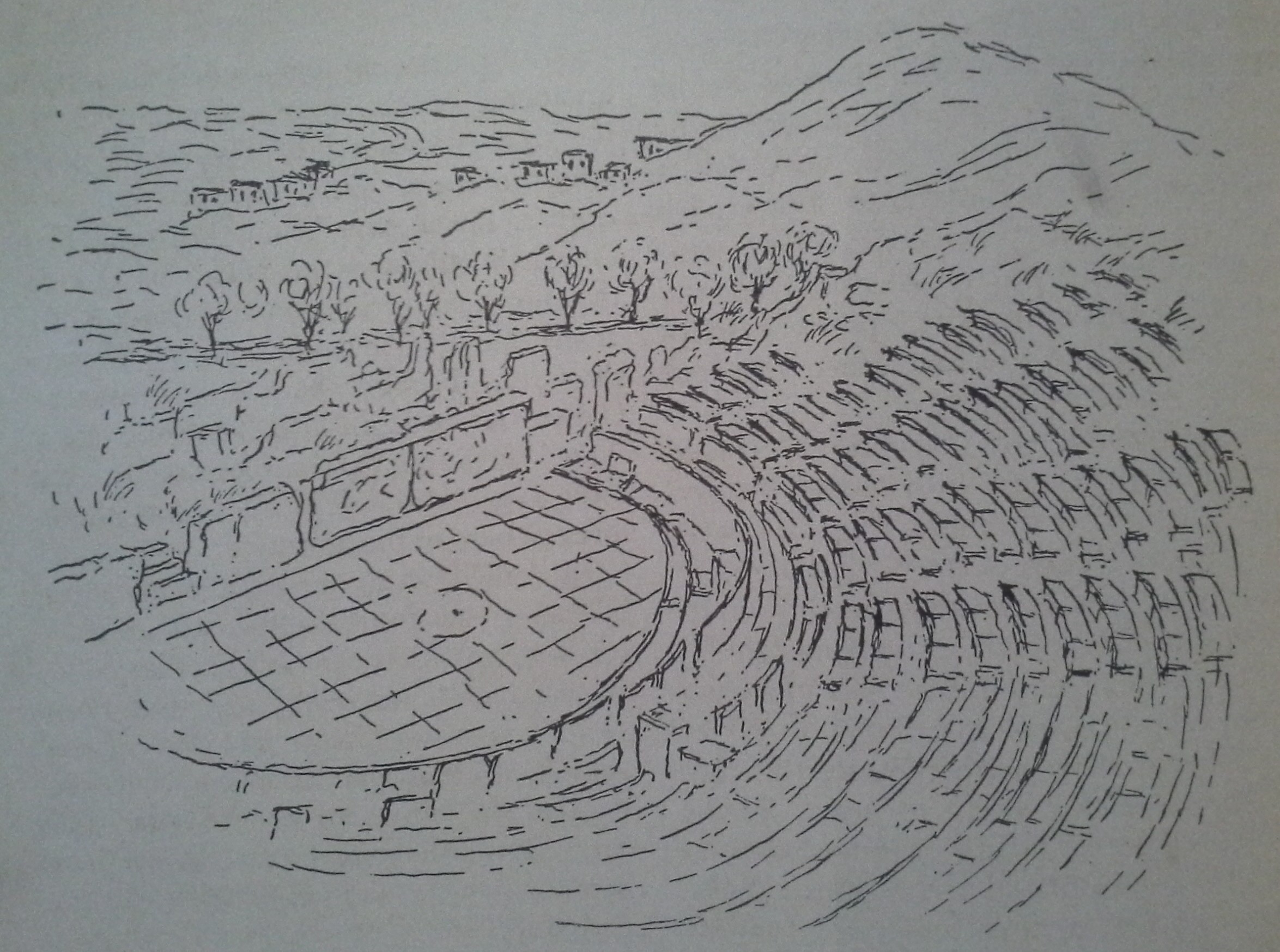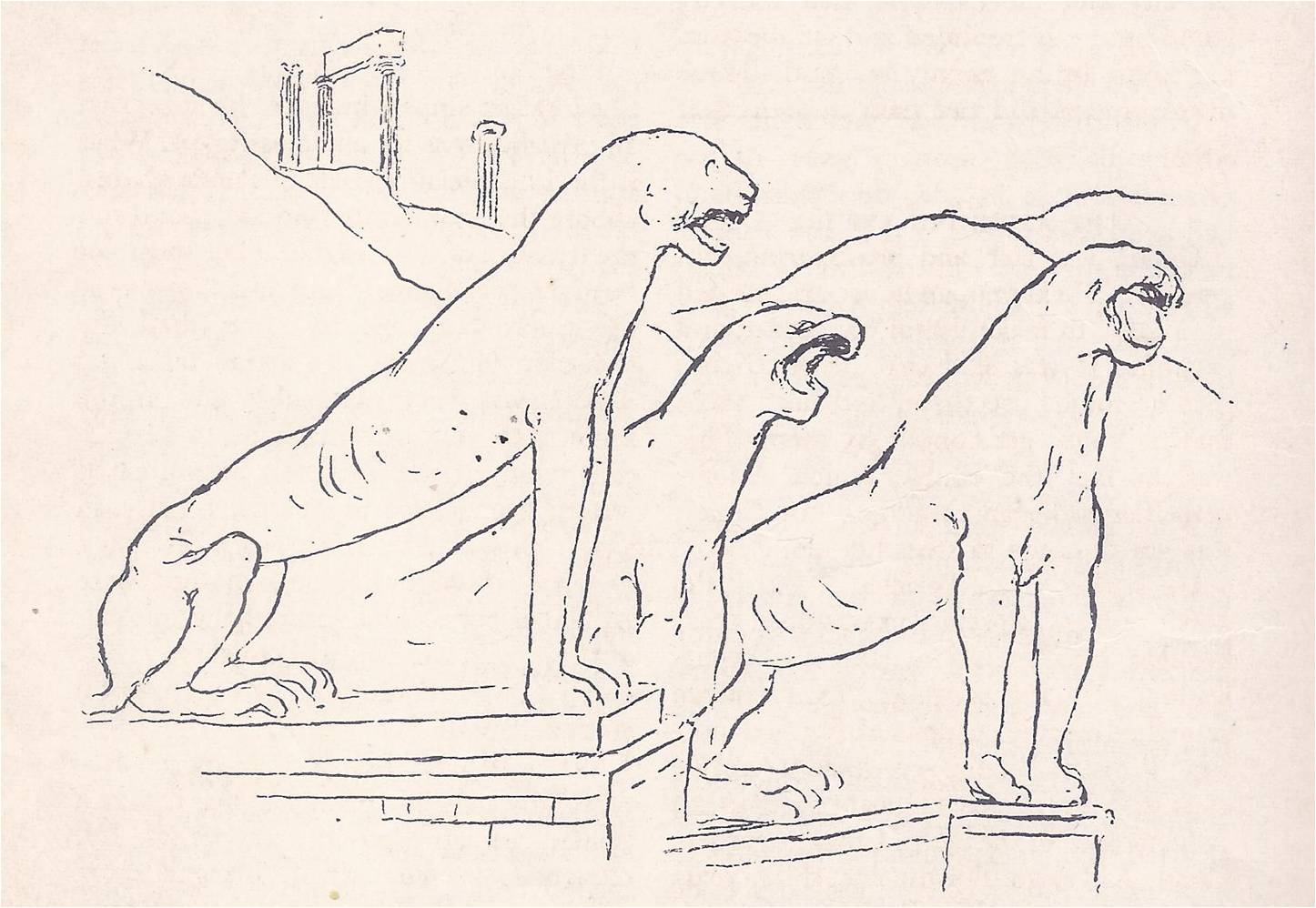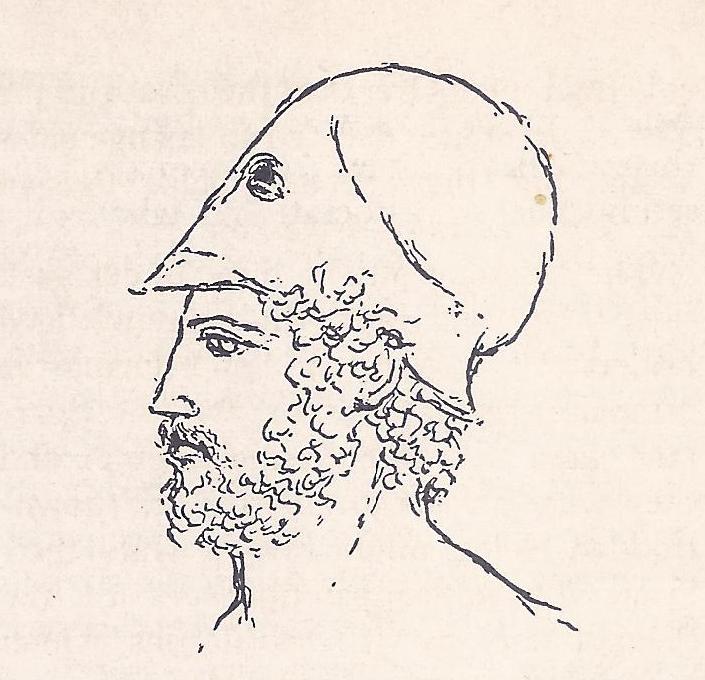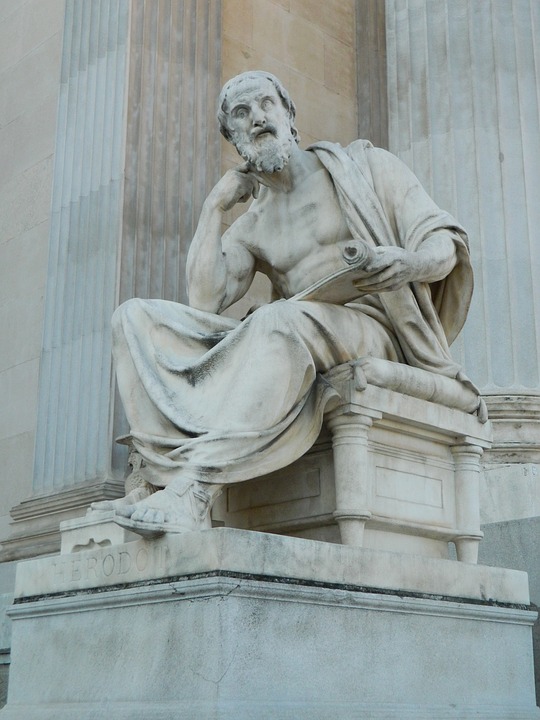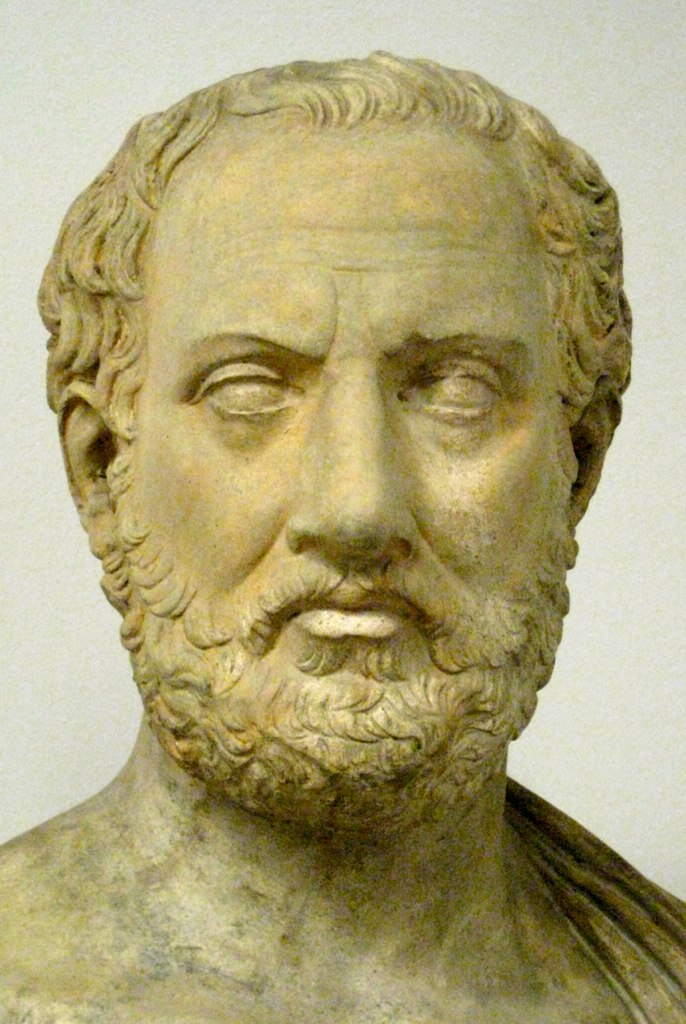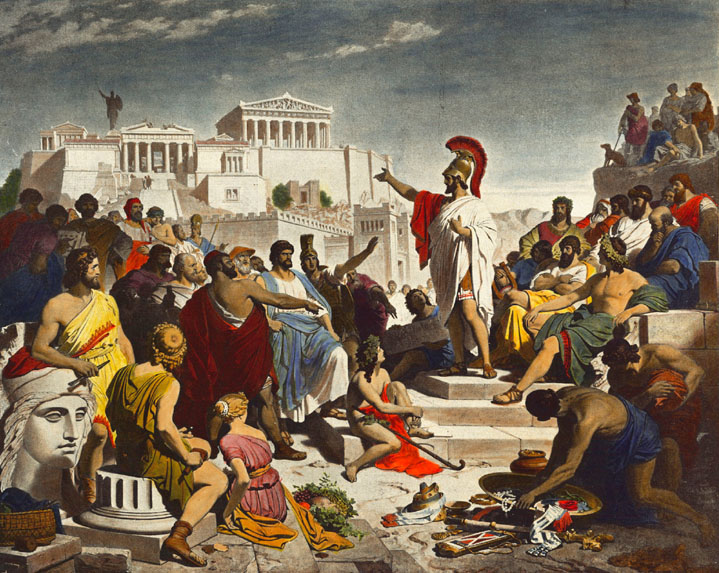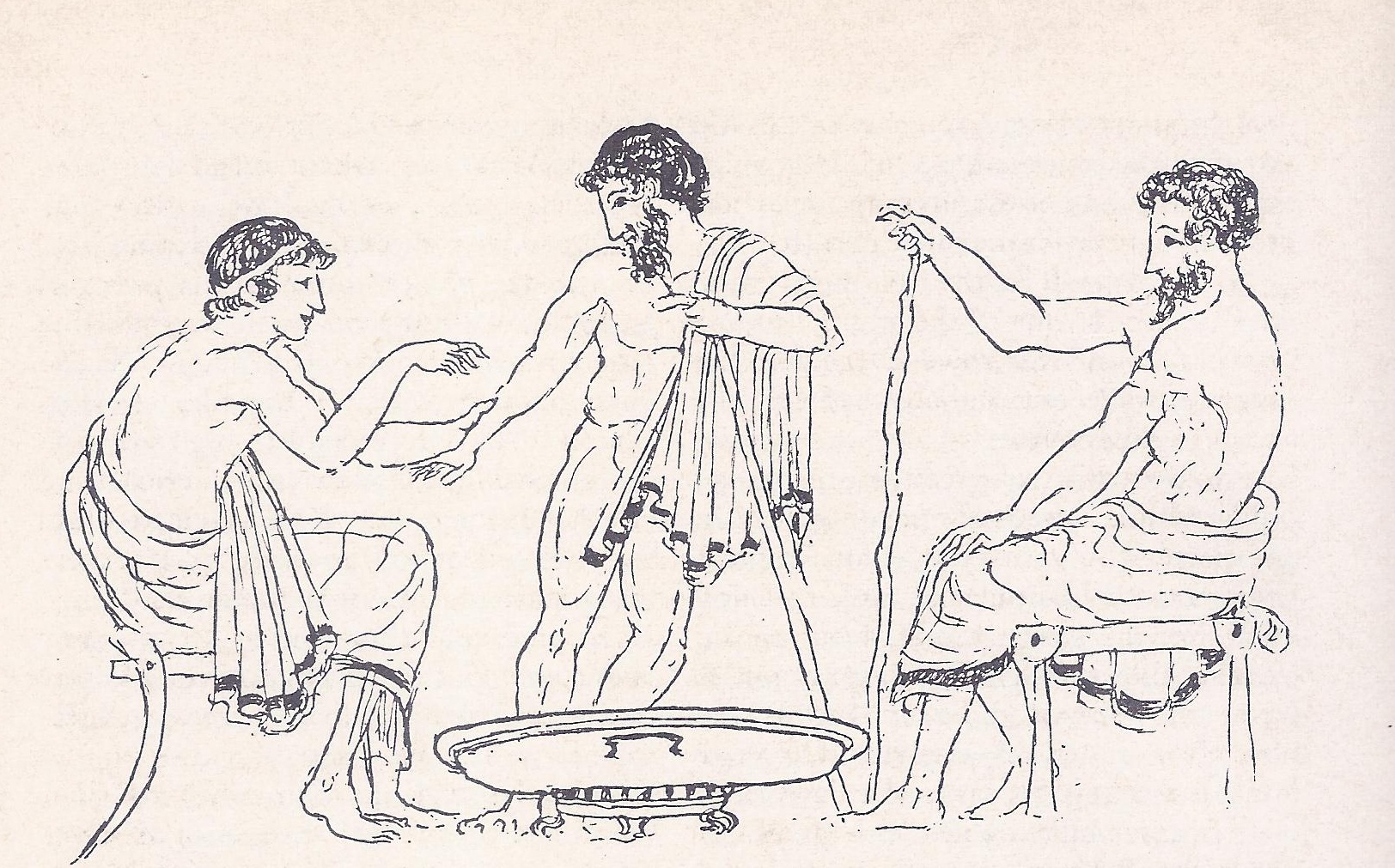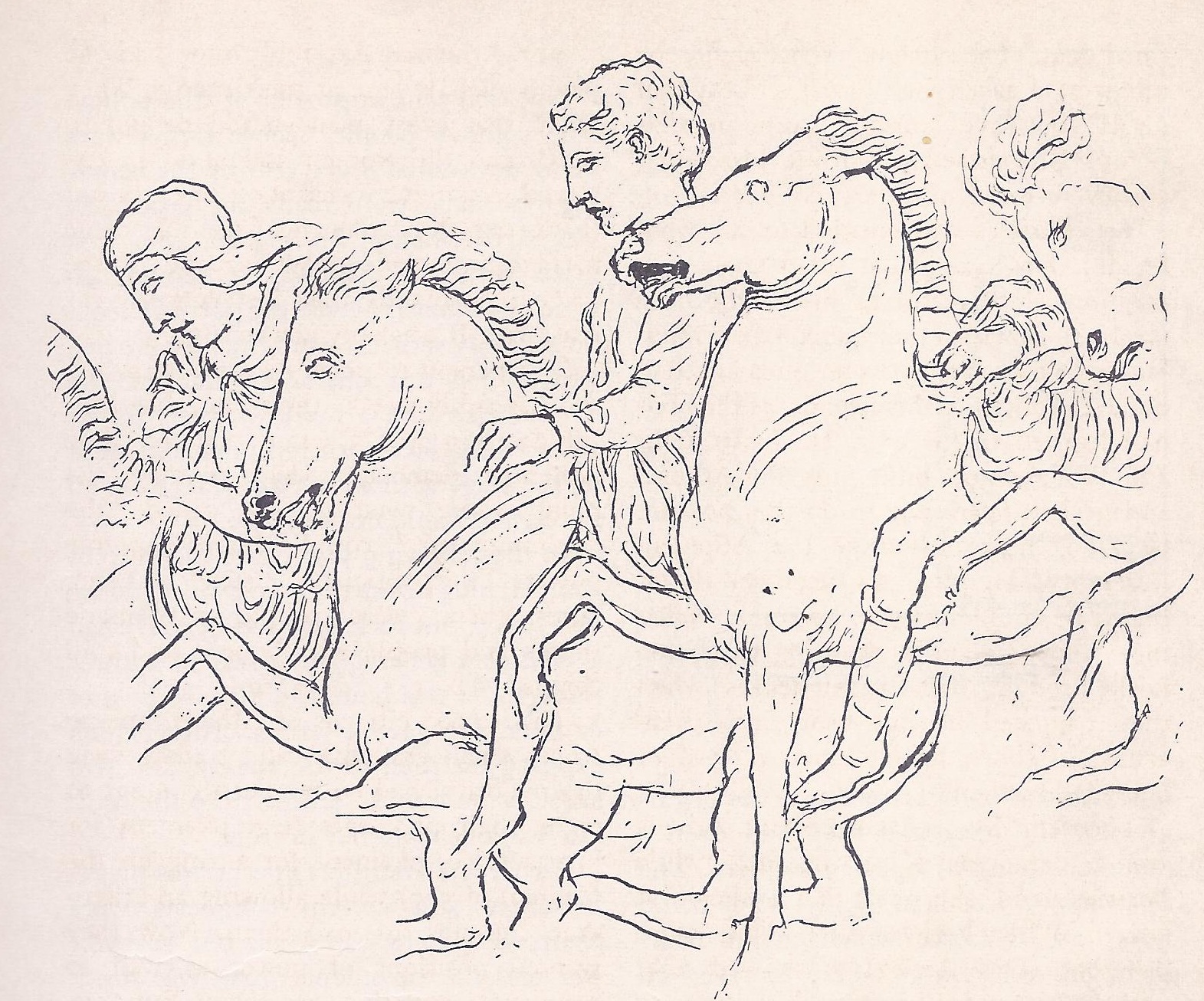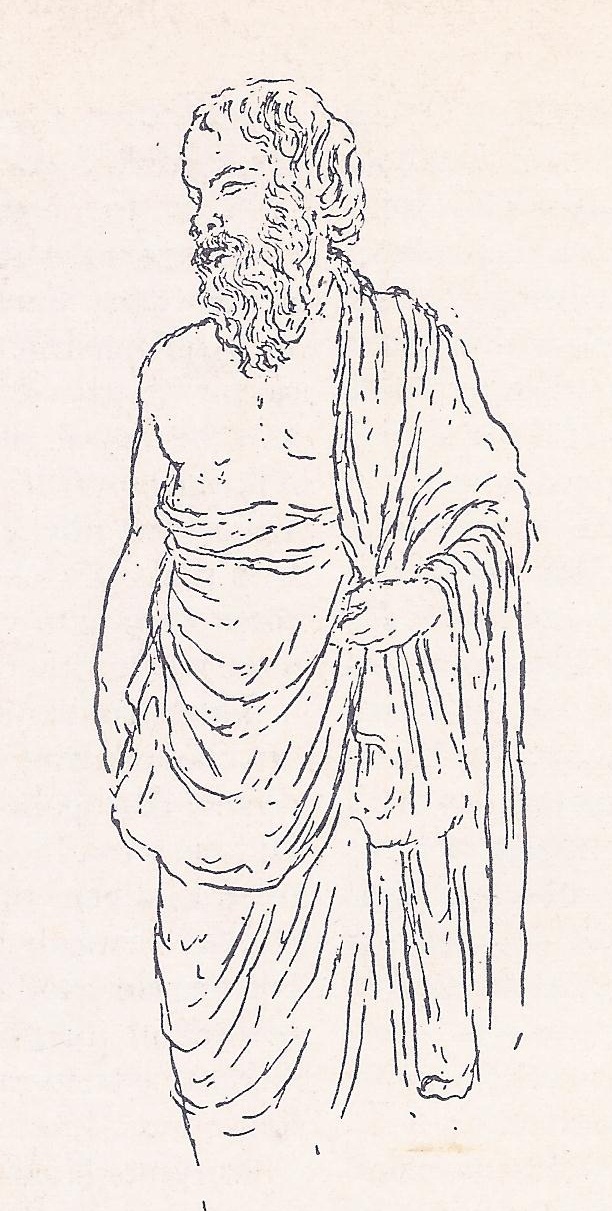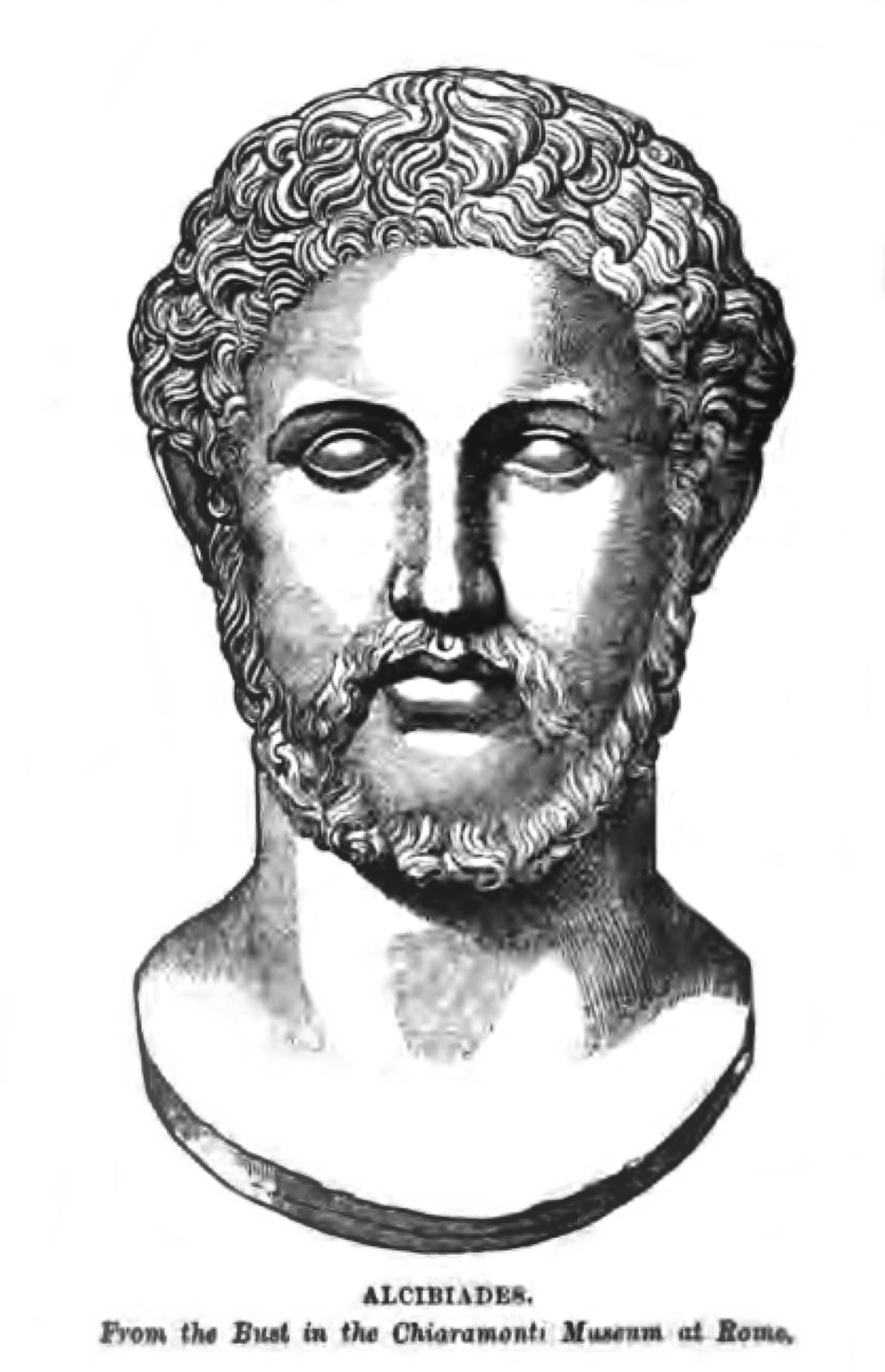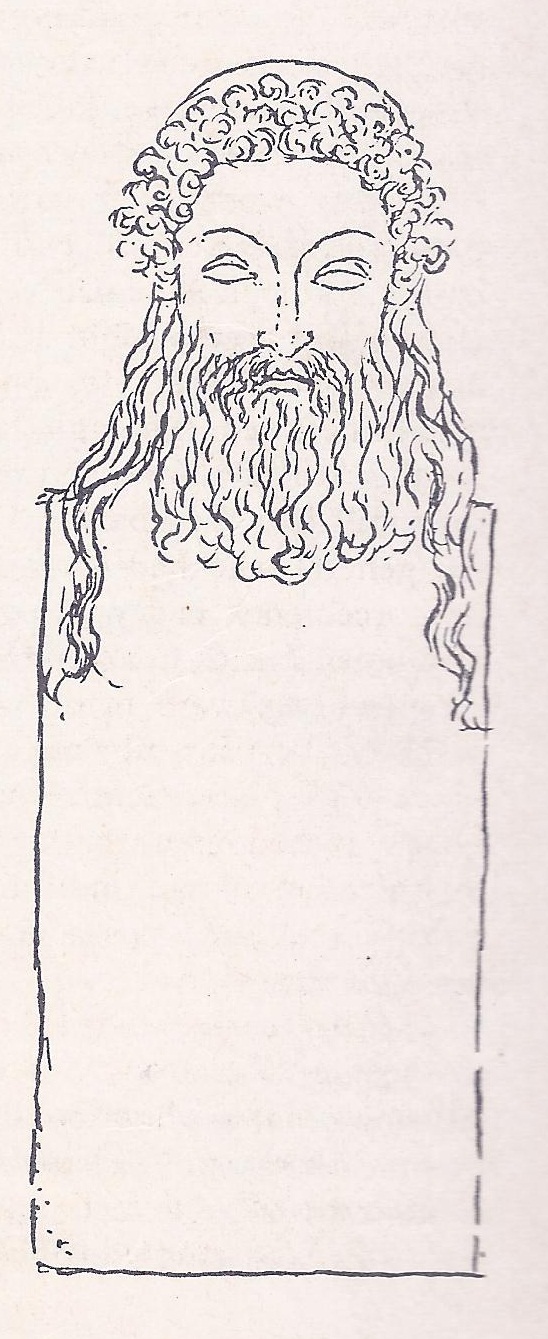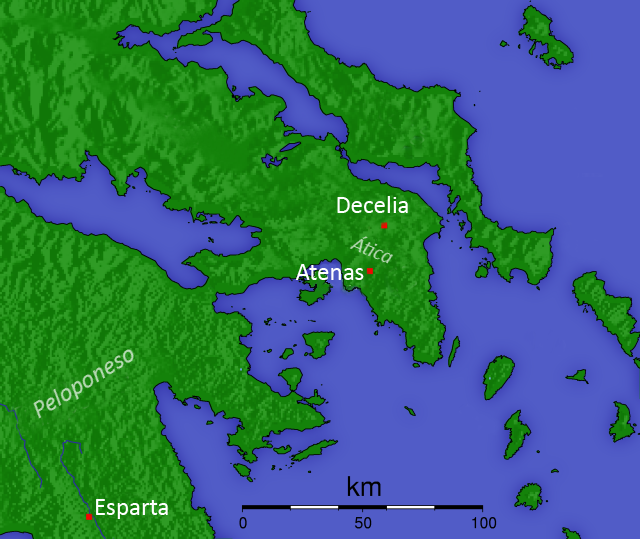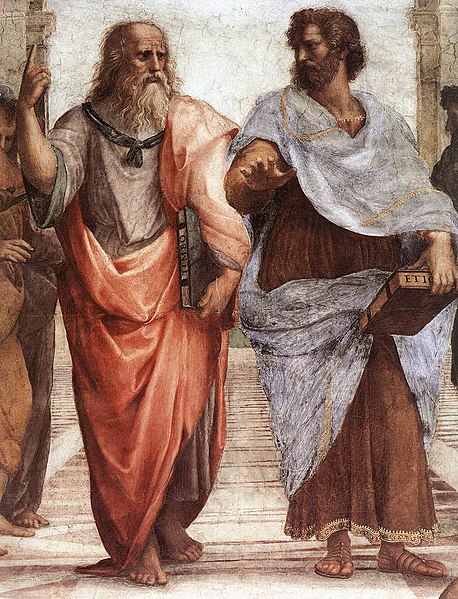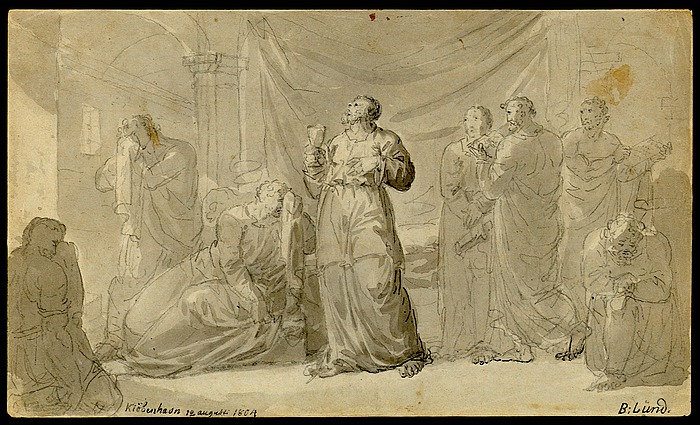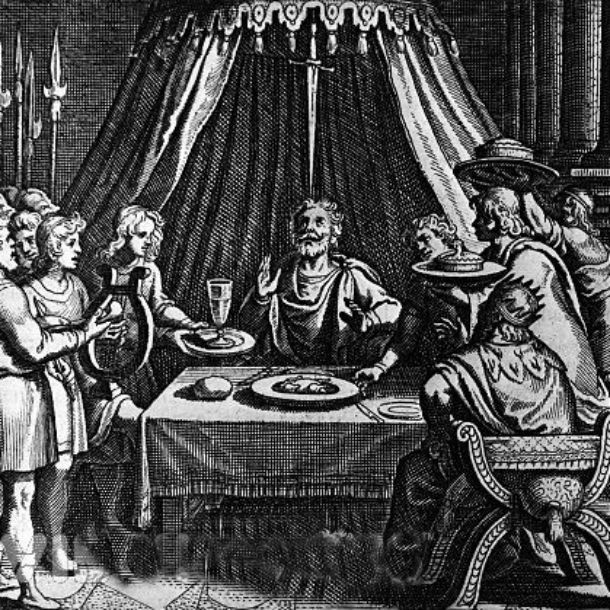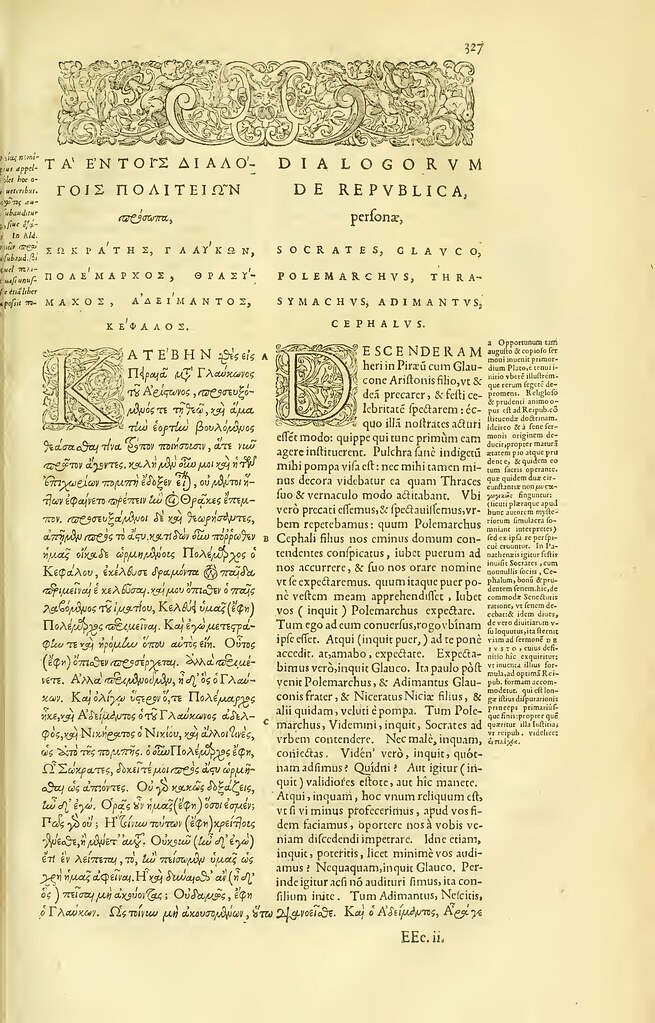Latest Posts
The Collapse of Crete (524 – 480 B.C.)
With the collapse of Crete, the Mediterranean focus moves to Greece. The destruction of Knossos in 1450 B.C. precipitated the
Buddha, the Prophet of the East (524 B.C.)
The Buddha as he came to be known, was a young man, Gautama, who followed the usual pursuits of someone
Assyria, Steppelands of Central Asia Sees New People Emerge and New Empires Rise (1191 – 524 B.C.)
The vacuum left in Western Asia by the passage of the Sea Peoples was soon filled. New peoples infiltrated into
Early Civilizations to Modern Age
The Church and the Empire A.D. 527-1261
CHRISTIANITY, as the official religion of Byzantium‚ was under the control of the government. The emperor was the head of
The Fall of Byzantium A. D. 992-1453
THE LONG struggle between the churches of the East and the West was only one of the many serious problems
Byzantium and Russia 400 B. C. – 1240 A. D.
THE BEGINNINGS of Russian history date back to the centuries when Byzantium was at the height of its glory. A
Distant Past and New Challenges
Milestones of History
Caliph of Cordova’s Library (950 A. D.)
Caliph of Cordova’s library, raised Cordova to its great eminence. It was Europe’s most glittering capital: a place where Moslems,
Cluny (950 – 955 A. D.)
Cluny, the Greatest Benedictine Abbey in Europe, was founded in 910. After the reign of the great Abd al-Rahman III,
Lechfeld (955 A. D.)
Lechfeld, the battleground outside Augsburg on St. Lawrence’s day, 10 August 955 A. D., was highly significant for the whole





